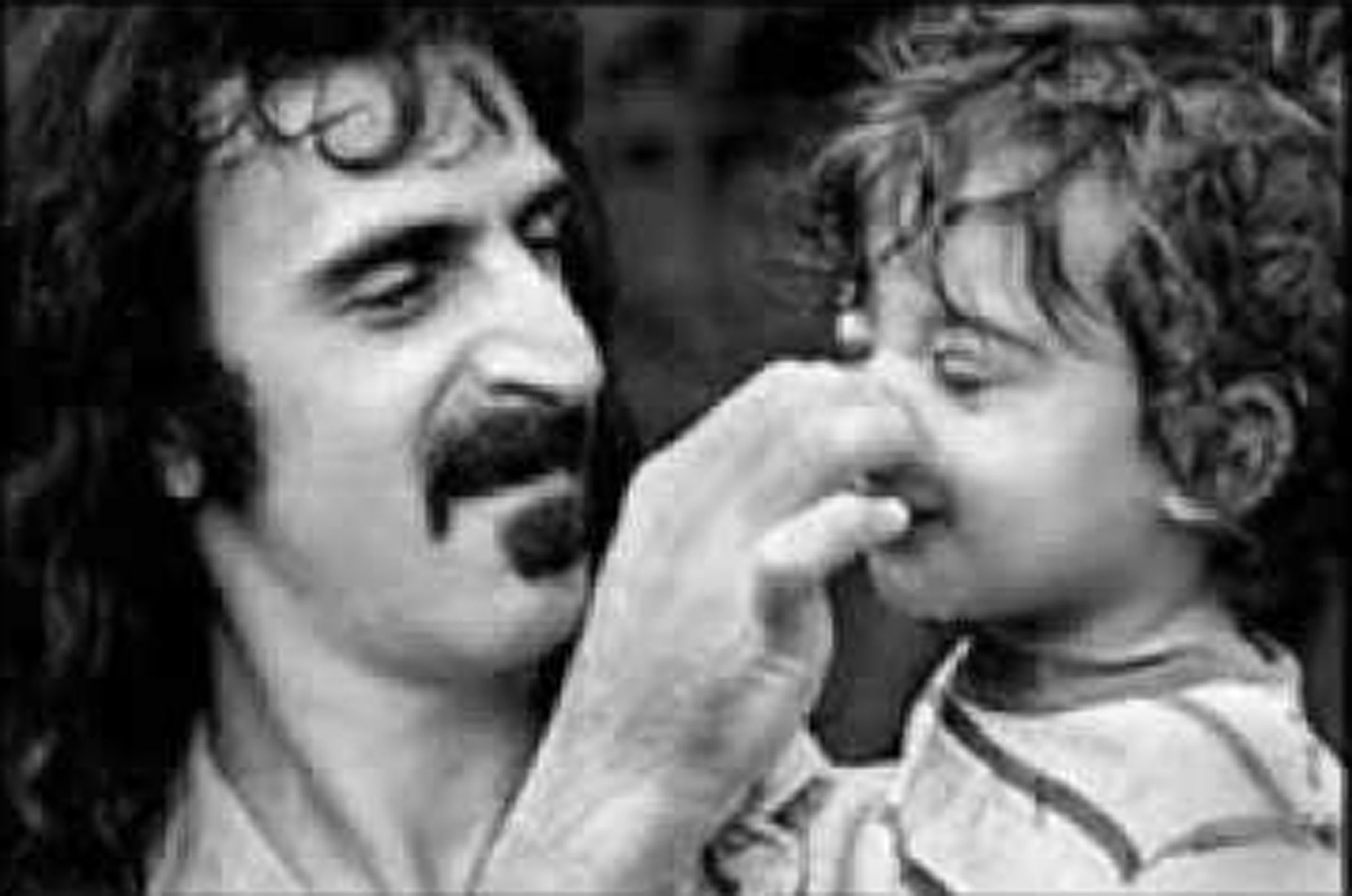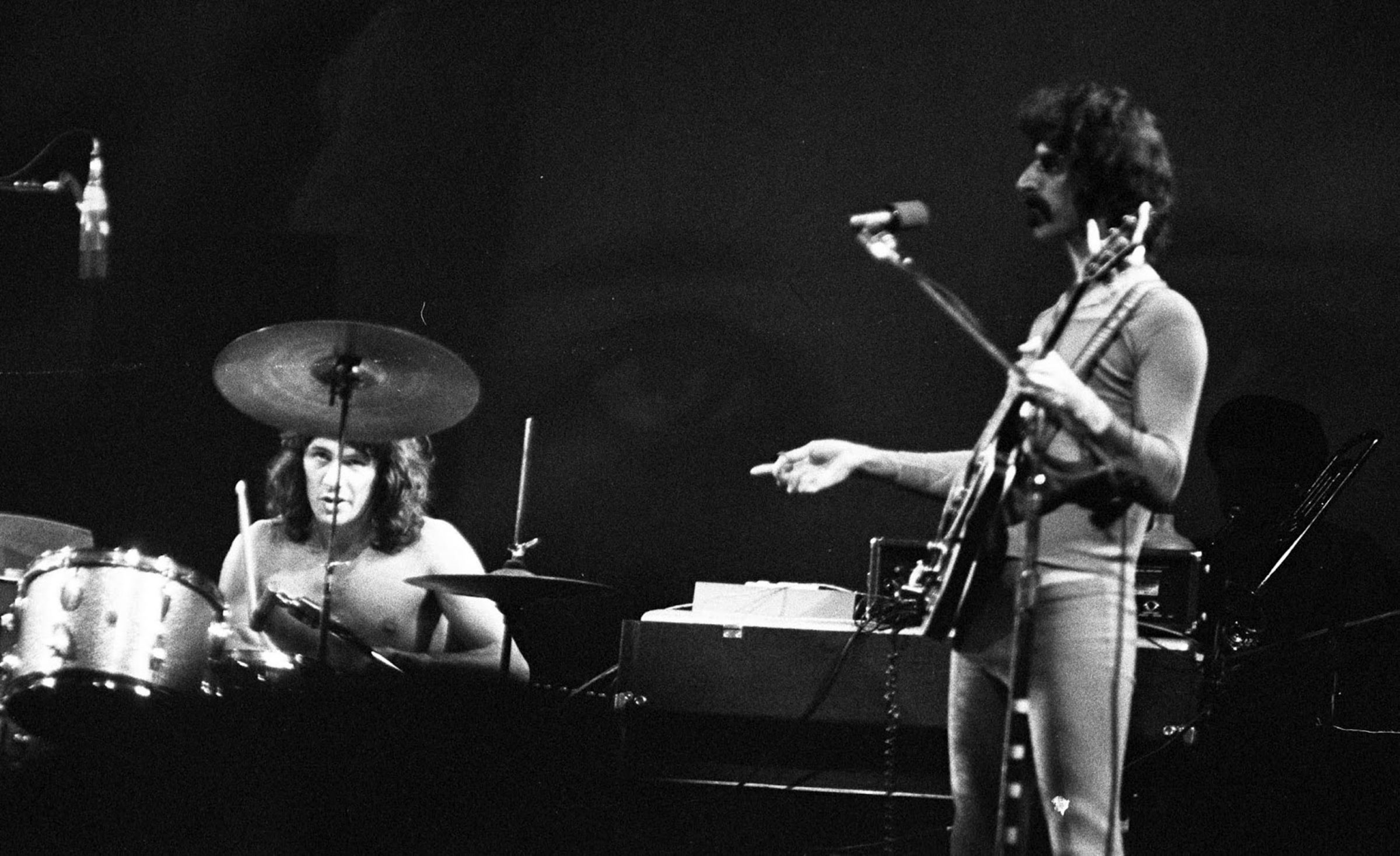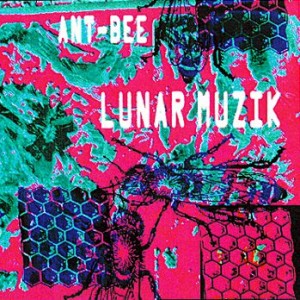(BARKING PUMPKIN RECORDS/ZAPPA FAMILY TRUST/DTS ENTERTAINMENT; Audio DVD, 2004) A REVIEW FROM THE VAULTS
To say that Frank Zappa was ahead of the musical curve – WAY ahead of the curve! – is, quite possibly, the understatement of this very young millennium. Recently, FZ’s eldest male offspring (the one titled “Dweezil”) discovered an old tape box, dated March 1, 1970, bearing his name (that would be “Dweezil.” We just went through this – in an earlier parenthetical aside – at the beginning of this impossibly rambling and circumlocutious sentence). The box contained a very early, unimaginably expansive recording of what would eventually become “Chunga’s Revenge,” recorded in an unto then unheard of separation/mix called “quadraphonic”; this recording, in fact, preceded the whole quadraphonic rage (“rage” may not be the best way to describe it, though… the process never really caught on with anyone other than audio geeks of the highest form) by several years and today’s hip new sound, Digital 5.1 Surround Sound by nearly three-and-a-half decades! That recording (in the guise of “Chunga Basement”) is now released in all of its four-channel glory, alongside nine other such experiments recorded by FZ and his various groups (Zappa, the Mothers, and… Dweezil, the proposed name of the new group with which Frank recorded this version of “Chunga… “). Dweezil (the son, not the band), after inquiring as to the existence of other like-minded recordings, has sequenced the ten tracks culled from the vaults of the Utility Muffin Research Kitchen, not chronologically, but with an eye (an ear?) toward maximum listenability. So, how’d the kid do? Let’s examine, shall we?

QUAUDIOPHILIAC begins with two of Zappa’s orchestral pieces, the first (“Naval Aviation In Art?”) comes from the much-contested LATHER (an historic four-album set that was whittled up and edited into five separate albums – STUDIO TAN, SLEEP DIRT, the two-record set LIVE IN NEW YORK, and ORCHESTRAL FAVORITES, the latter being the place that this tune eventually saw release); the second is a re-worked, unreleased “Lumpy Gravy” from the same session that spawned the former. The two tracks combined clock in at a robust 2:39. The third track comes from the same source, but features – for the first time here – a signature FZ guitar solo. The previously unreleased “Rollo” is everything that made you fall in love with Zappa’s music (except without the pee-pee and fart jokes): Intriguing time-changes, adventurous arrangements, squiggly guitar leads. This, friends and neighbors, is truly the stuff of which FZ’s legend was made!

A previously unheard version of “Watermelon In Easter Hay,” retitled “Drooling Midrange Accountants On Easter Hay” by Dweezil, is next. The new name comes from an FZ quote in which he discusses the record business in – as you can tell – his usual glowing terms; this spot-on diatribe is now edited over an alternate arrangement of the tune. The next two songs – SHEIK YERBOUTI’s “Wild Love” and SHUT UP ‘N’ PLAY YER GUITAR SOME MORE’s “Ship Ahoy” – feature several musicians who cut their teeth in Zappa’s late ’70s bands: bassists Roy Estrada and Patrick O’Hearn, guitarist Adrian Belew, vocalist Napolean Murphey Brock, and uber-percussionist Terry Bozzio. Though the songs are familiar, the four-channel mixes bring out the hidden intricacies inherent in all of FZ’s music. The much bally-hooed (just how much? Well, check out the first paragraph of this here critically-motivated piece) “Dweezil” tape rears its magnificent head next. Apparently, Dweezil would have been a kind of Mothers super-group in a standard four-piece rock setting: FZ on guitar (and, presumably, vocals), Ian Underwood on keyboards, Aynsley Dunbar on drums, and Max Bennett on bass. As far as I know, Zappa’s reasons for retiring Dweezil after this single recording session has never been revealed. Obviously, Frank decided to reconvene the Mothers in a newer, harder-edged version and to maintain his steadily growing solo career, as well. “Chunga’s Basement,” now, is merely a glimpse of what could have been.

The next two tracks are the oldest of these recordings, aside form the Dweezil tape. An unreleased live recording from 1974, “Venusian Time Bandits,” features three more impressive Mothers: George Duke, Chester Thompson, and Tom Fowler. While FZ usually went large – as on the WAKA/JAWAKA title track which follows – it is in the stripped down arrangements for four-piece combos that his own virtuosity is featured in its best light; there is no doubt as to the genius he displayed as a composer, a conductor, an arranger, a band leader. The thing that these smaller groups shows is that Zappa was an unselfish (though demanding) player. He was more than willing to stand aside and allow his bandmates to shine, but was able to play rings around just about anybody you could name when he chose. “Waka/Jawaka” is a prime example of FZ standing aside, allowing his compositional and arranging skills to dictate how the other musicians move the music along. “Basement Music #2,” a piece culled from the soundtrack to the BABY SNAKES movie, finishes the set off in fine fashion. Chil’uns, if the newly discovered mixes don’t sell you on this one, then the unreleased stuff is surely enough to convince each of you to become a QUAUDIOPHILIAC! Dude, this just reminds me how much I miss FZ… hopefully there’s more to come.



